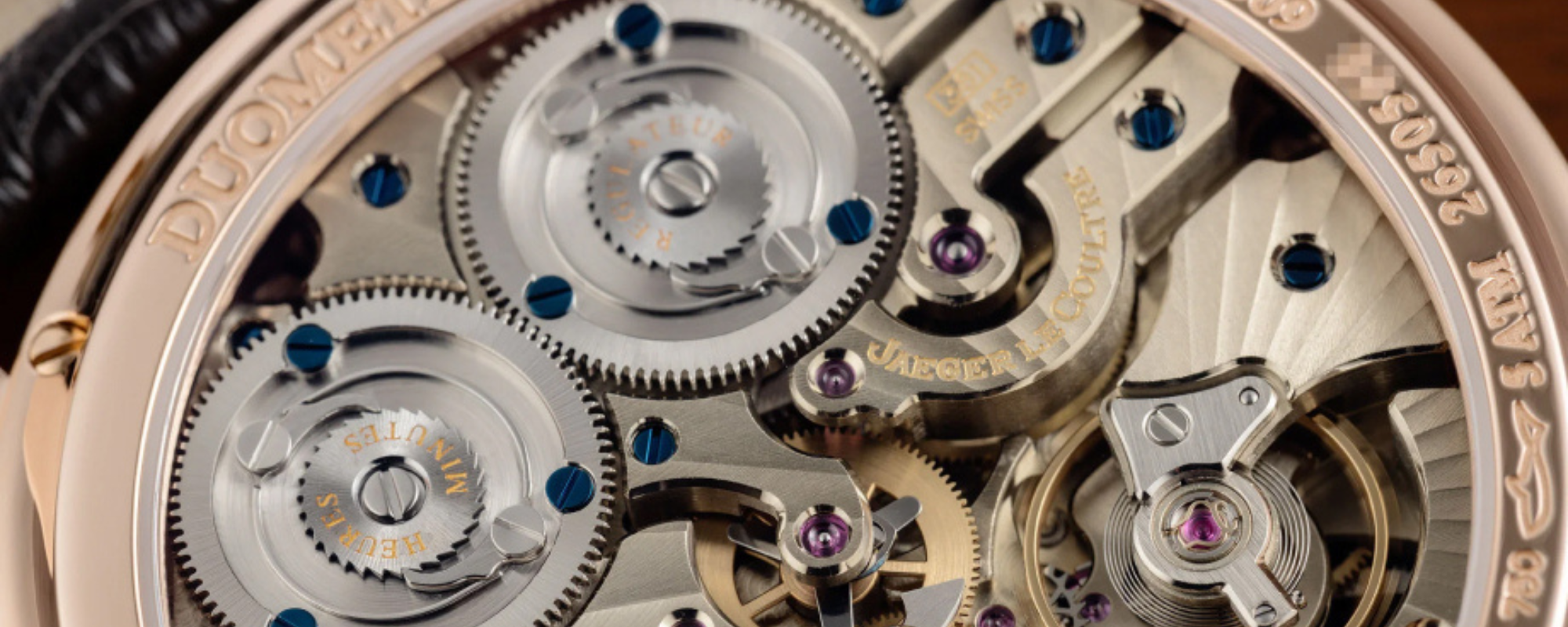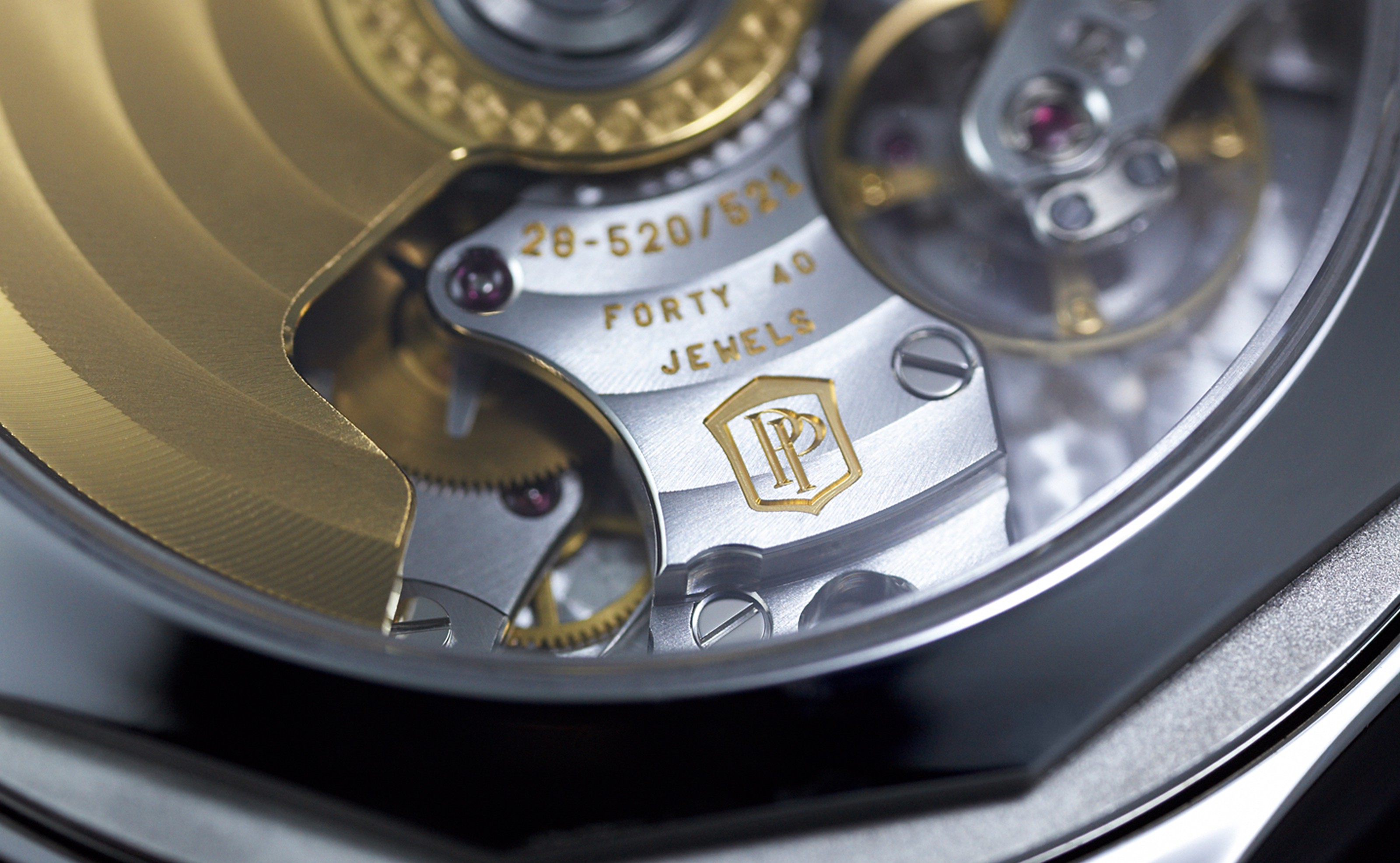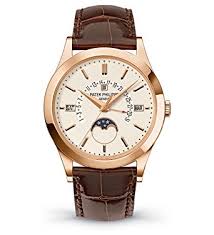What is a power reserve?
Mechanical watches run on a mainspring — a coiled spring that stores energy. When wound, it slowly unwinds, transferring energy through the gear train to move the hands.
Power reserve is the amount of time a watch will keep running after being fully wound — typically around 50 hoursin most Swiss watches, with some models offering up to 72 hours.
It depends on:
the spring’s strength,
the design of the movement,
external factors like temperature or wear.
But it’s not just about mechanics — it’s a delicate balance of engineering precision.
🫁 The “Breath” of the Movement
This intricate system of gears, escapements, and wheels is what makes the watch "breathe." In the past, réserve de marche (French for “power reserve”) was crucial for marine chronometers — accuracy could mean life or death.
Today, it’s about confidence. A solid power reserve ensures your watch won’t stop at the worst moment — a meeting, a trip, or an event.
Some watches feature a power reserve indicator on the dial. It shows how much energy is left and how soon you need to wind it.
How it works:
Linked to the barrel;
Moves toward zero as the watch unwinds;
Easy to read, usually on the dial.
📏 What affects accuracy?
Watch position;
Wear and tear;
Shocks, vibrations;
Magnetic fields;
Temperature changes.
Accuracy can drift 5 to 30 seconds per day under bad conditions.
🔄 Automatic Power Reserve
Many Swiss watches today are self-winding. They use a rotor — a weighted disc that spins with wrist movement — to wind the mainspring.
Perfect for those who:
wear their watch daily,
live actively.
If not worn regularly, the watch should be wound manually or placed in a watch winder.
💡 Things to know:
Rotor makes the watch bulkier and heavier;
Sensitive to shock;
Often made from tungsten or gold;
The spring lasts longer as it's not overwound.
🛠 How to wind your watch
✅ Take it off before winding — to reduce strain.
✅ Turn slowly — don’t force it.
✅ If the crown is tight — stop and see a professional.
✅ Wind both ways (clockwise is best).
✅ Wind it at the same time every day.
Over time, the spring weakens, and lubrication dries. Regular servicing is the key to long life and accuracy.



